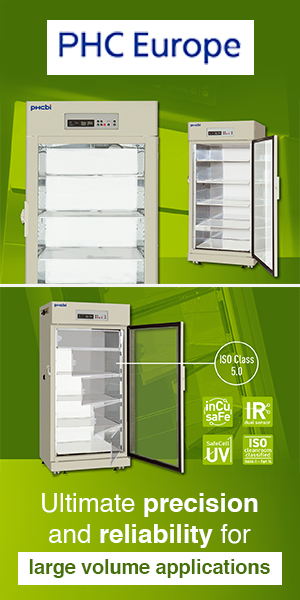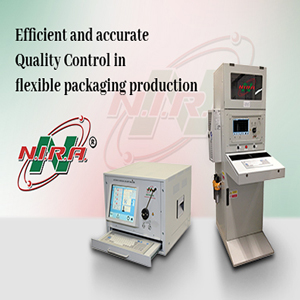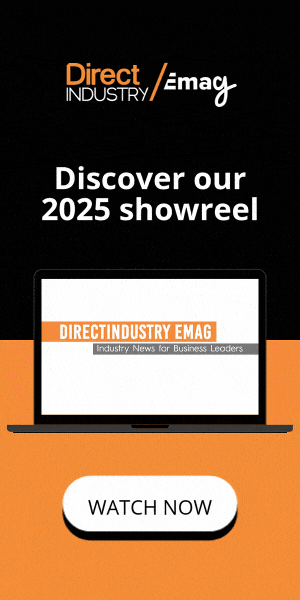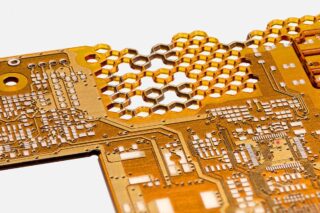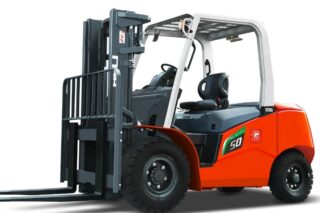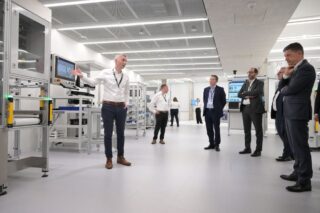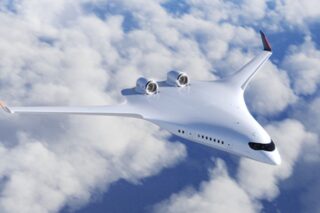As industrial giants work to reduce their carbon footprint, effective energy management is crucial for a seamless transition to renewable and decentralized power. DirectIndustry has highlighted 3 promising initiatives driving progress in this direction.
The energy transition is not just a global shift away from fossil fuels, to instead produce power from clean and renewable sources. It is also a push to consume this clean energy more wisely.
The transition involves migrating to decentralized energy networks, with factories and commercial buildings producing and storing solar energy onsite. This allows them to be self-sufficient during the day, while charging batteries which can then power operations at night or feed energy back into the grid.
Icare Energie
Assisting businesses with the energy transition, Icare Energie specializes in remotely monitoring and controling energy-intensive equipment. It manages over 1,000 sites for more than 60 clients and provides an average of 15 to 25% energy savings.
Multi-site retailers particularly benefit by ensuring that HVAC systems, lighting, and other energy-intensive equipment are not left running after hours, explains Augustin Lembeye, Commercial Director of Marketing:
“Some clients tell us they are already super-motivated when it comes to turning everything off at the end of the day, but it’s very difficult to be vigilant if your organization is operating across many sites. Even if you ask everyone in the business to try their best, they soon fall back into old habits, whereas our remote control technology ensures they are saving the maximum energy every single day.”
Icare Energie plans to integrate its platform with clients’ onsite solar panels and batteries. Falling electricity feed-in tariffs mean that it is becoming more economical for businesses to store and use their excess energy rather than sell it back to the grid, Lembeye says:
“For businesses that don’t yet have batteries, it makes sense to use surplus solar energy to boost the heating and cooling during the day, rather than sell that power. Our platform can automatically adjust the temperature when there is surplus power, to ensure the HVAC doesn’t need to work as hard later in the day when it’s relying on power from the grid.”
Storio Energy

Early-stage startup Storio Energy provides energy management for the onsite batteries of industrial clients, often coupled with solar panels.
Storio Energy’s clients are medium-sized industrial companies with high electricity consumption. Effective energy management provides up to 50% energy self-autonomy, while reducing overall costs by 10 to 20%.
Self-autonomy protects against grid fluctuations which can cause extended downtime for industrial clients. It also helps hedge against volatile energy prices, especially in light of the Russia-Ukraine conflict.
Storio Energy’s platform can feed energy back into the grid and it expects to be the first company in France to certify batteries on industrial sites for assisting with grid stabilisation, says Storio Energy co-founder Jean-Yves Stephan.
Even so, energy-heavy industries typically find it more cost-effective to self-consume excess power rather than sell it, Stephan says.
“To make the project economically viable, many of our clients also take advantage of cheap off-peak rates to charge their onsite battery from the grid, which then reduces their reliance on the grid during expensive peak times.”
With a glut in renewable energy, there is a push across Europe to lower feed-in tariffs and encourage self-consumption, which Stephan says will further drive battery take up.
“Right now, we cater to industrial clients with very high energy consumption but, I think in two or three years, it will be almost unthinkable to install solar panels for any business without adding a battery.”
DC Systems & Current/OS

The push to improve energy efficiency is also encouraging power-intensive industries to make the switch from using Alternating Current (AC) electricity to Direct Current (DC).
Electricity grids transmit AC power, which is then converted to DC by most modern electrical appliances, which run on DC natively (including EVs). Meanwhile, solar panels generate DC power which can be stored onsite as DC in batteries.
Running appliances natively on DC, rather than converting AC from the grid, eliminates conversion losses, which can be as high as 7 to 10 per cent. DC also allows for higher voltages, while relying on two phases rather than three, which results in significant copper savings.
France and the Netherlands are leading DC adoption due to their major grid congestion challenges and EV infrastructure needs, says Rajath Kelamane, managing director of DC Systems by Schneider Electric:
“There is a lack of awareness around DC technology, which often holds businesses back. Once we address common misconceptions and explain the benefits of DC, they become convinced. The fact that there is a big DC community also helps build trust.”
Schneider Electric is a founding member of Current/OS, an independent, not-for-profit foundation dedicated to the promotion and adoption of DC. It also champions the adoption of DC microgrids – small networks capable of generating, storing and distributing locally-produced renewable energy such as solar power.
Transitioning to DC involves minimal changes for most electrical equipment. It does require modifying appliances with AC-tuned electric motors, such as refrigerators and dishwashers, although the major electronics brands are expected to start manufacturing DC-friendly models.
“Choosing DC is more common when building a new site, especially if it features EV charging stations,” Kelamane says. “In existing sites, we usually advise on adopting a hybrid model, with a mix of AC and DC, to simplify the transition. Current/OS is working closely with industry to make it easier for businesses to enjoy the benefits of DC as part of the world’s energy transition.”

